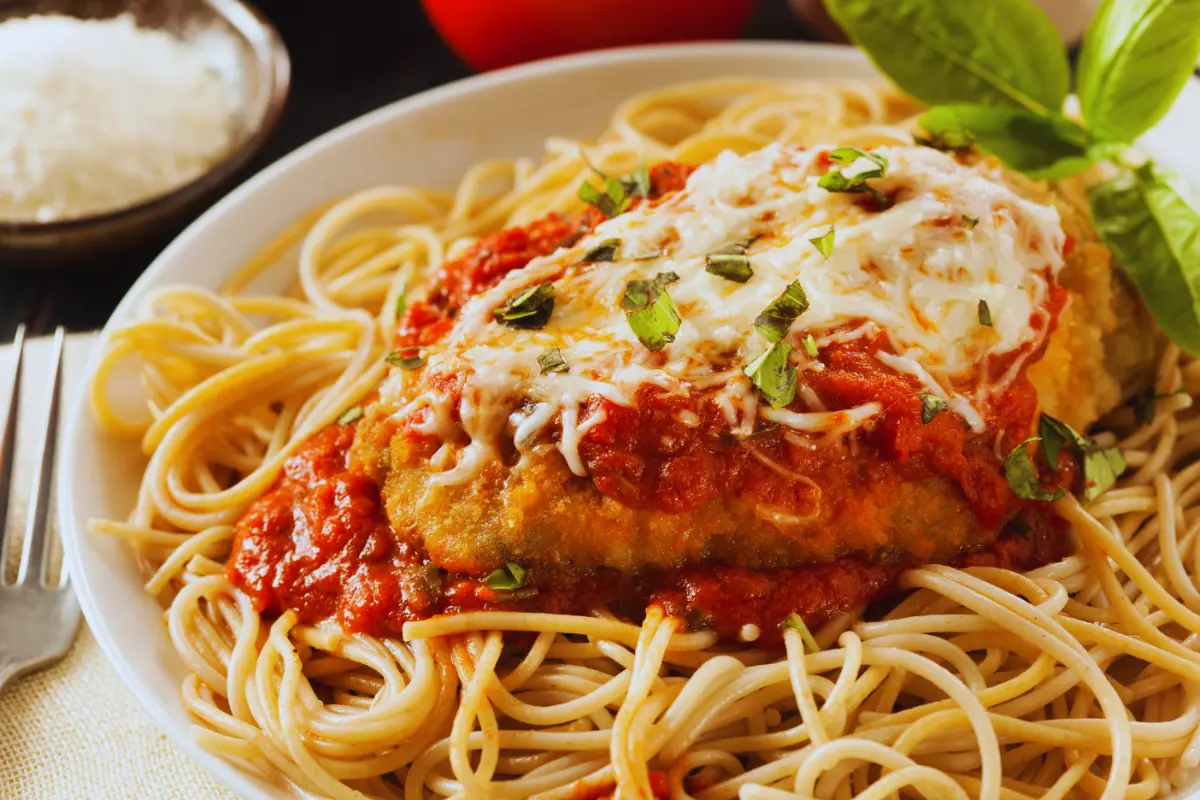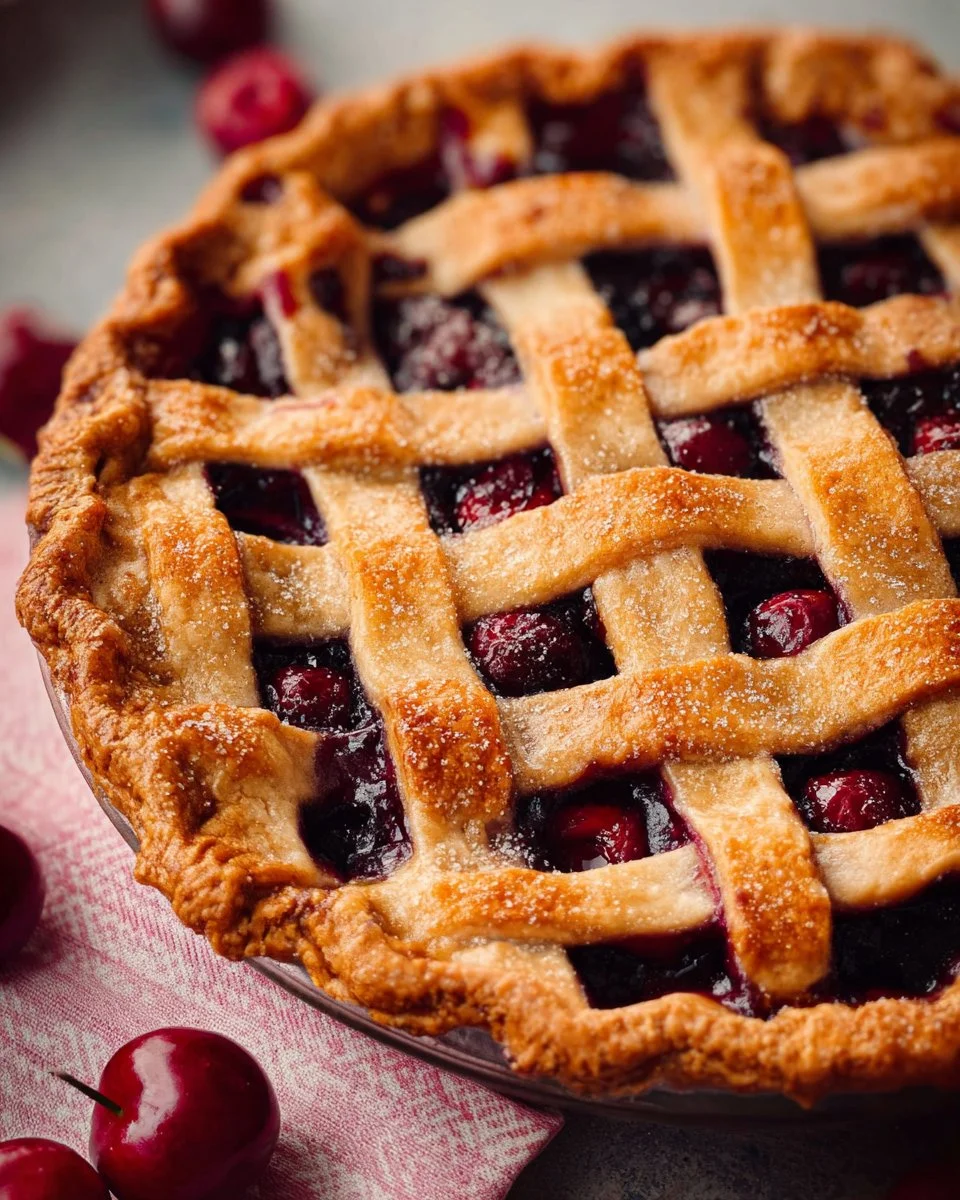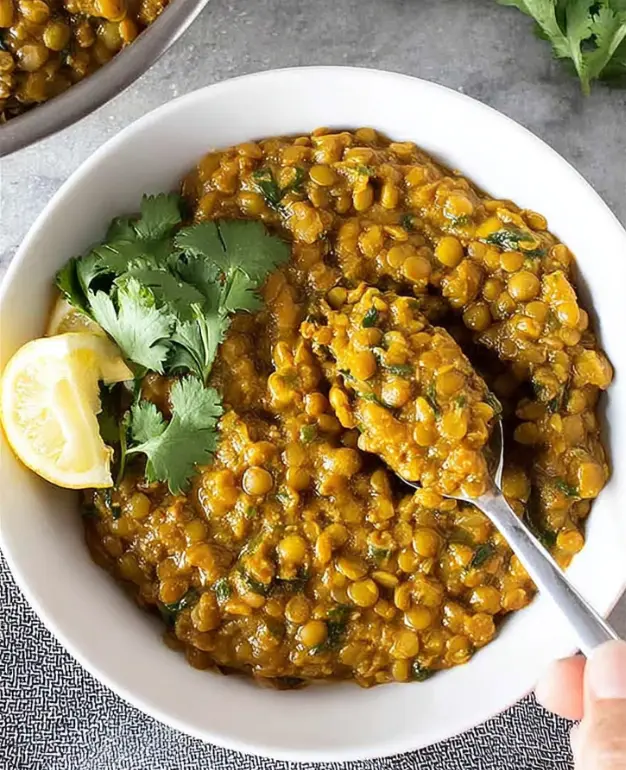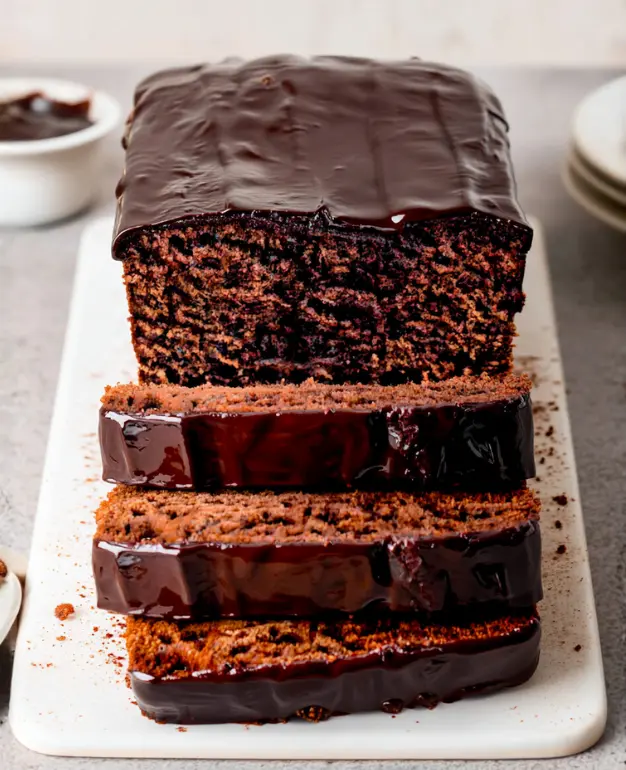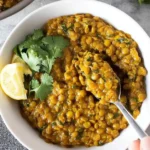Have you ever wondered if chicken meshes well with pasta? This culinary duo graces tables worldwide, often leaving diners delighted by their harmonious blend. Whether you’re a seasoned chef or a home cook, this article explores everything from the roots of this popular pairing to practical tips for whipping up your own dish. Ready to dive into the delicious world of chicken and pasta? Let’s unravel the tasty truths and myths surrounding this beloved combination!

Classic Chicken Pasta
A delicious and versatile combination of chicken and pasta that can be adapted to various tastes and dietary needs.
Ingredients
Main Ingredients
- 2 pieces Chicken breasts Boneless, skinless
- 8 ounces Fettuccine pasta Or pasta of choice
- 2 tablespoons Olive oil For cooking chicken
- 1 cup Heavy cream For sauce
- 1 cup Parmesan cheese Grated
- 2 cloves Garlic Minced
- Salt To taste For seasoning
- Black pepper To taste For seasoning
Optional Ingredients
- 1 cup Vegetables (e.g., spinach, mushrooms) Add for nutritional boost
Instructions
Preparation
- Boil salted water and cook pasta according to package instructions until al dente.
- While pasta cooks, heat olive oil in a pan over medium heat.
- Season chicken breasts with salt and pepper, and cook in the pan for about 6-7 minutes on each side until cooked through.
- Remove chicken from the pan and let it rest for a few minutes, then slice it into strips.
Cooking
- In the same pan, add minced garlic and sauté for about 1 minute.
- Pour in the heavy cream and stir in the Parmesan cheese until melted and smooth.
- Add the cooked pasta and sliced chicken into the sauce, stirring to combine.
- If using, add optional vegetables and cook for an additional 2-3 minutes until heated through.
Serving
- Serve warm, garnished with additional Parmesan cheese and black pepper if desired.
Notes
Feel free to customize with your preferred pasta or add more vegetables. Can be made gluten-free using appropriate pasta alternatives.


